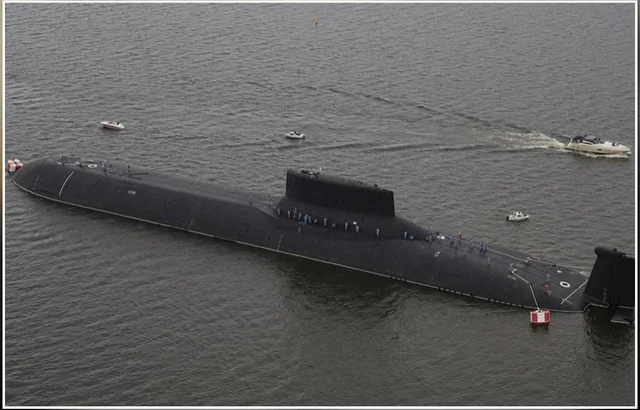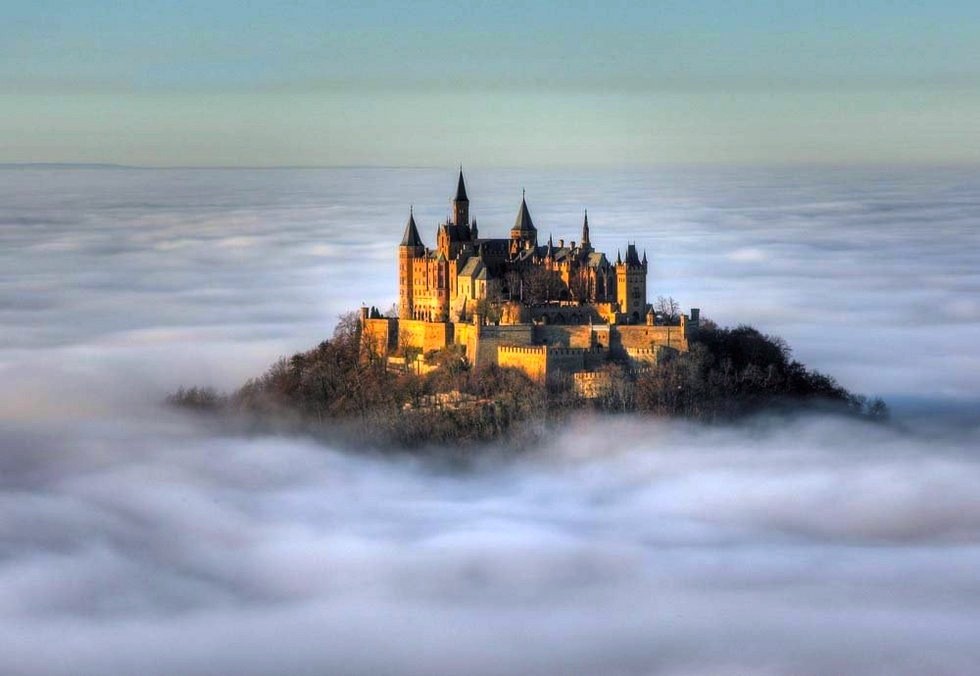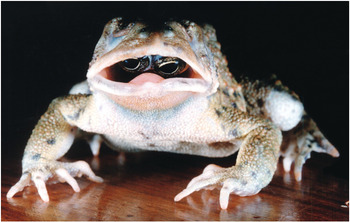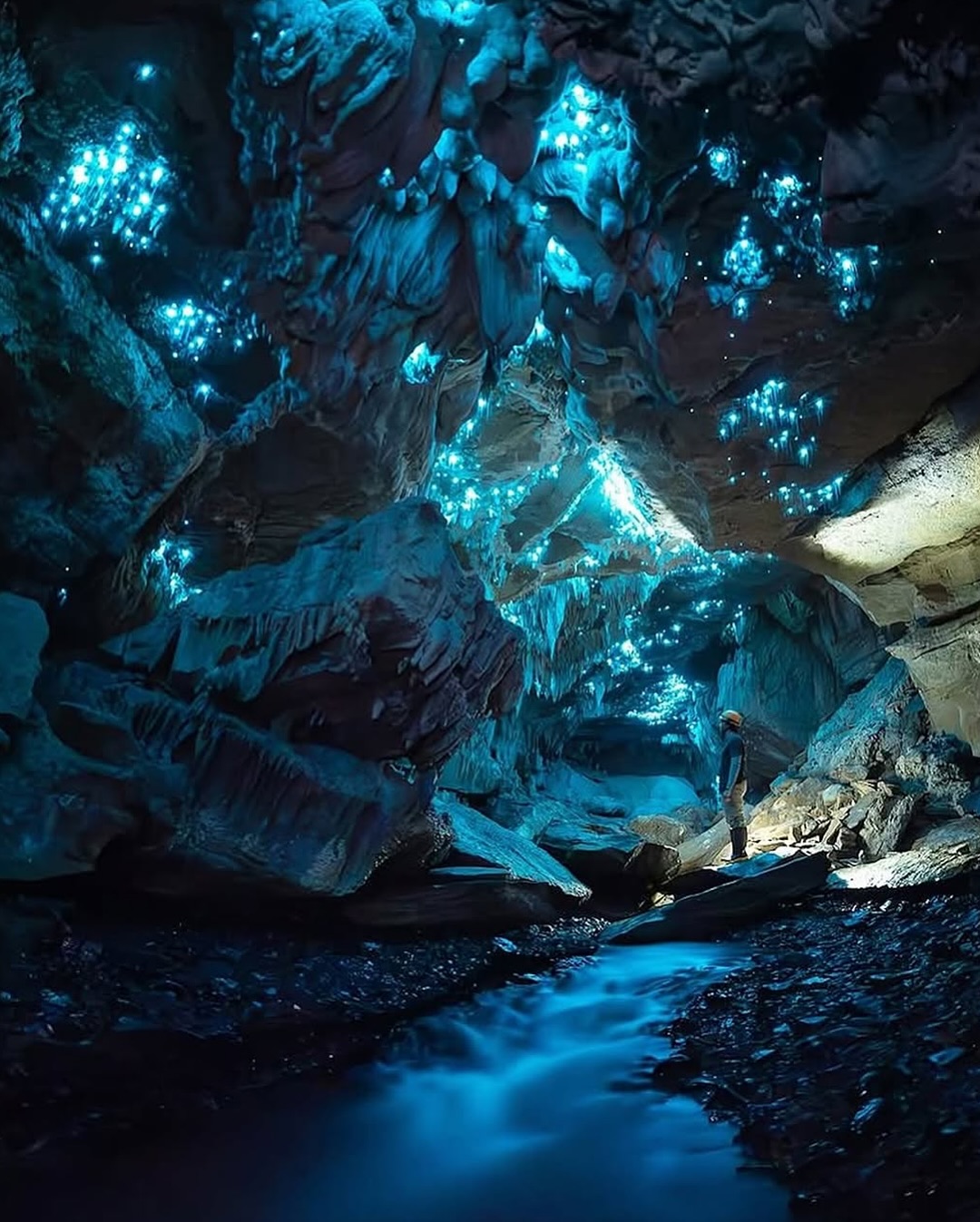In a scene that feels both poetic and unsettling, a group of polar bears was recently photographed taking shelter inside an abandoned building on a remote Russian island. It’s an image that sticks with you—not just for its surreal composition, but for the quiet story it tells.
The building, once part of a long-forgotten Arctic settlement, now stands empty and decaying—windows shattered, paint peeled, floors covered in snow. Yet in the middle of that emptiness, there they were. Massive, majestic polar bears curled up or cautiously roaming through the ruins, claiming the structure not as trespassers, but as survivors.
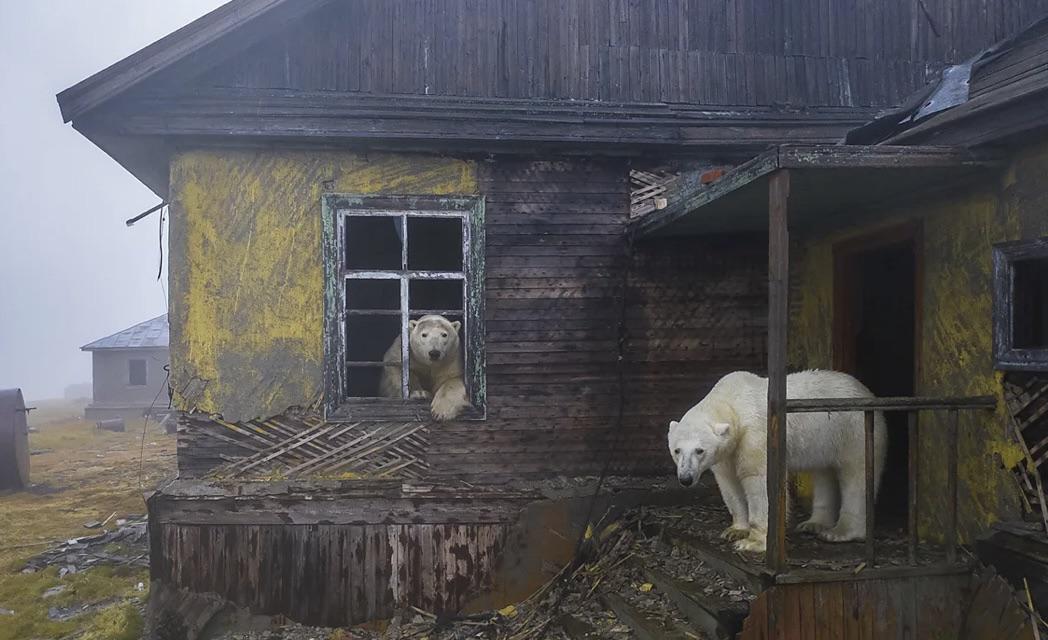
Polar bears are creatures of the ice. They’re meant to roam across frozen tundras, to hunt seals on thick sheets of sea ice, and to live in a world defined by cold and quiet isolation. But the Arctic they once knew is changing. Rapidly.
As sea ice melts earlier in the season and returns later each year, polar bears are being forced farther inland and for longer stretches of time. With their hunting grounds disappearing beneath their feet, they are adapting—seeking new spaces for rest, shelter, and sometimes even food.
In this case, that adaptation brought them into a human-made ruin, one that had long since been abandoned by the people who built it.
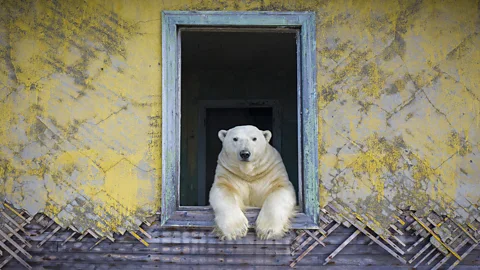
The photograph, taken by a Russian photographer during an expedition in the Arctic region, feels like a single frame from a story without words. The contrast is almost too perfect—the wild and the manmade, the powerful and the broken, the warm, breathing animals inside the cold shell of a structure that no longer serves its original purpose.
There is something undeniably symbolic about it. It’s a picture of resilience, yes, but also one of quiet desperation.
The polar bears aren’t just exploring—they’re taking refuge. That building, cracked and empty, is giving them what the melting ice can no longer offer: a place to rest, to hide from the harshness of the changing environment, even if only for a short time.
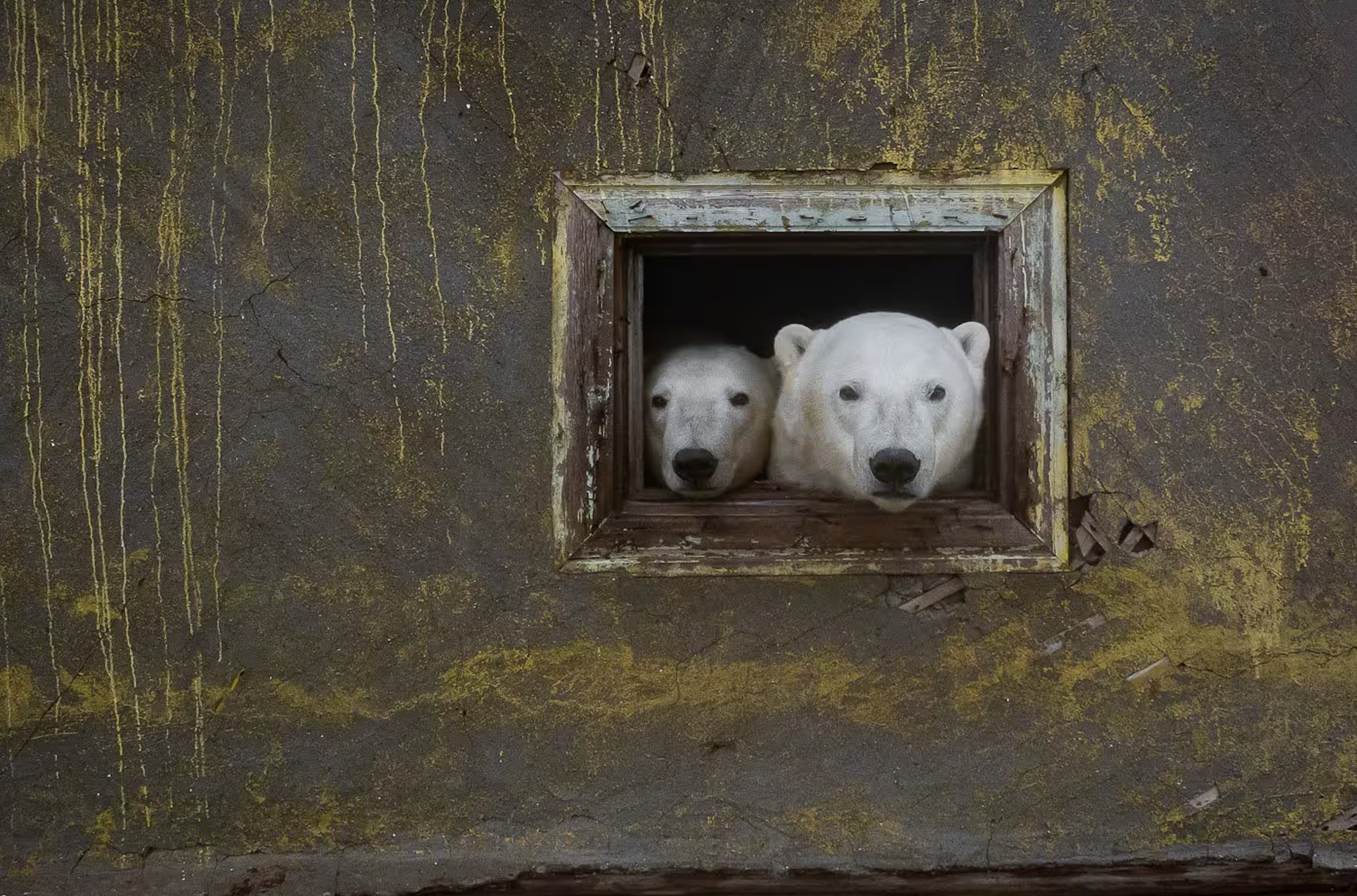
There’s an eerie beauty in the idea that the structures we’ve left behind are now being repurposed by nature. The remnants of old expeditions, remote weather stations, or military outposts across the Arctic have become ghost towns—silent testaments to human ambition and retreat.
And yet, even in that silence, life finds a way to continue.
The polar bears don’t care why the building is there or who once lived inside it. To them, it’s shelter. It’s warmth. It’s a break from the relentless search for stability in a world that’s becoming harder to navigate.
This photograph, like so many others coming from the Arctic, isn’t just about beauty. It’s about truth.
Polar bears are classified as vulnerable by the International Union for Conservation of Nature (IUCN), and their future is tied directly to the future of sea ice. As climate change accelerates, their survival grows more precarious. They are adapting, but not without cost.
When the wild has to move into our ruins, it’s a sign that balance is slipping. That the lines between human spaces and natural ones are beginning to blur in uncomfortable ways.
You might see the photo and feel awe. You might feel sadness. Or maybe something quieter—a sense that we’re witnessing a shift, a moment that captures the resilience of nature and the unintended legacy of human impact.
In a way, this abandoned building is no longer empty. It has a purpose again, though one we never planned. It’s a temporary sanctuary, a symbol of change, a soft echo of survival in the cold.
And the polar bears? They’re still moving, still adapting, still here. For now.
